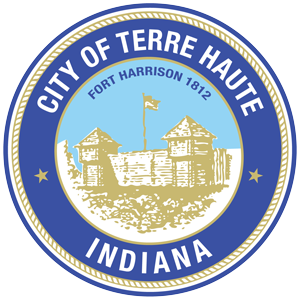
How can you protect yourself from CO poisoning?
Install CO alarms inside your home to provide early warning of accumulating CO. However, a CO alarm is no substitute for safe practices. The best defenses against CO poisoning are safe use of vehicles (particularly in attached garages) and proper installation, use, venting and maintenance of household cooking and heating equipment.
Do I need a CO alarm?
NFPA 720, Recommended Practice for the Installation of Household Carbon Monoxide (CO) Warning Equipment, 1998 Edition, recommends installing a CO alarm in households containing a fuel burning appliance, fireplace, or in those having an attached garage.
Safety tips:
If you need to warm up a vehicle, remove it from the garage immediately after starting it.
Do not run a vehicle, generator, or other fueled engine or motor indoors, even if garage doors are open. CO from a running vehicle or generator inside an attached garage can get inside the house, even with the garage door open. Normal circulation does not provide enough fresh air to reliably prevent dangerous accumulations inside.
If you have any symptoms of CO poisoning, have your vehicle inspected for exhaust leaks. Have fuel-burning household heating equipment (fireplaces, furnaces, water heaters, wood stoves, and space or portable heaters) checked every year before cold weather sets in. All chimneys and chimney connectors should be evaluated by a qualified technician to verify proper installation, and check for cracks, blockages, or leaks. Make needed repairs before using the equipment. Before enclosing central heating equipment in a smaller room, check with your fuel supplier to ensure that air for proper combustion is provided. NFPA 54, National Fuel Gas Code, provides requirements for openings to allow sufficient air for the proper combustion of gas.
When using a fireplace, open the flue for adequate ventilation. Open a window slightly whenever using a kerosene or gas heater. (Kerosene heaters are illegal in many states. Always check with local authorities before buying or using one.) Only refuel outside, after the device has cooled. Only use barbecue grills — which can produce CO — outside. Never use them in the home or garage. When purchasing new heating and cooking equipment, select products tested and labeled by an independent testing laboratory. Do not accept damaged equipment. Hire a qualified technician (usually employed by the local oil or gas company) to install the equipment. Ask about — and insist that the technician follow — applicable fire safety and building codes.
When purchasing an existing home, have a qualified technician evaluate the integrity of the heating and cooking systems, as well as the sealed spaces between the garage and house. When camping, remember to use battery-powered heaters and flashlights in tents, trailers, and motorhomes. Using fossil fuels inside these structures is extremely dangerous. NFPA 1192, Standard on Recreational Vehicles, requires the installation of CO detectors in recreational vehicles. Boat operators should be aware that CO is emitted from any boat’s exhaust. When your boat is moored or anchored alongside others’, be aware of the effect your exhaust may have on those vessels and vice versa. The trim of the boat, as well as side curtains, can contribute to increased concentrations of CO by altering the air flow. Fuel burning appliances located in accommodation spaces need to be properly ventilated and maintained.
If you buy CO alarms:
• Select alarms listed by a qualified, independent testing laboratory.
• Follow recommendations of NFPA 720 and manufacturer’s recommendations for placement
• Install CO alarms in a central location outside each separate sleeping area in the immediate vicinity of the bedrooms. Each alarm should be installed on the wall, ceiling, or other location as specified by the manufacturer’s instructions that accompany the unit.
• Test CO alarms at least once a month, following the manufacturer’s instructions.
• Replace CO alarms according to the manufacturer’s instructions.
• Follow manufacturer’s instructions for battery replacement.
What to do if your CO alarm sounds:
• Have everyone move to an area with fresh (outside) air. Open windows to ventilate.
• Report the CO alarm warning.
• Be on the lookout for any symptoms of CO poisoning. Evacuate the home if symptoms are present. Get immediate medical attention if anyone shows signs of CO poisoning.
• Call a qualified technician to inspect all equipment.
Safety checklist
• CO alarms are not substitutes for smoke alarms. Smoke alarms react to fire by-products, before CO alarms would sound. Smoke alarms give earlier warning of a fire, providing more time to escape.
• To guard against smoke and fire, be sure that your home has working smoke alarms on every level and directly outside and inside all sleeping rooms.
• Know the difference between the sound of the smoke alarms and the sound of the CO alarms.
• Have a home escape plan for any home emergency and practice the plan with all members of the household regularly, at least twice a year.

